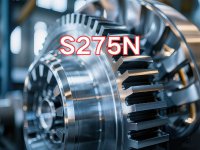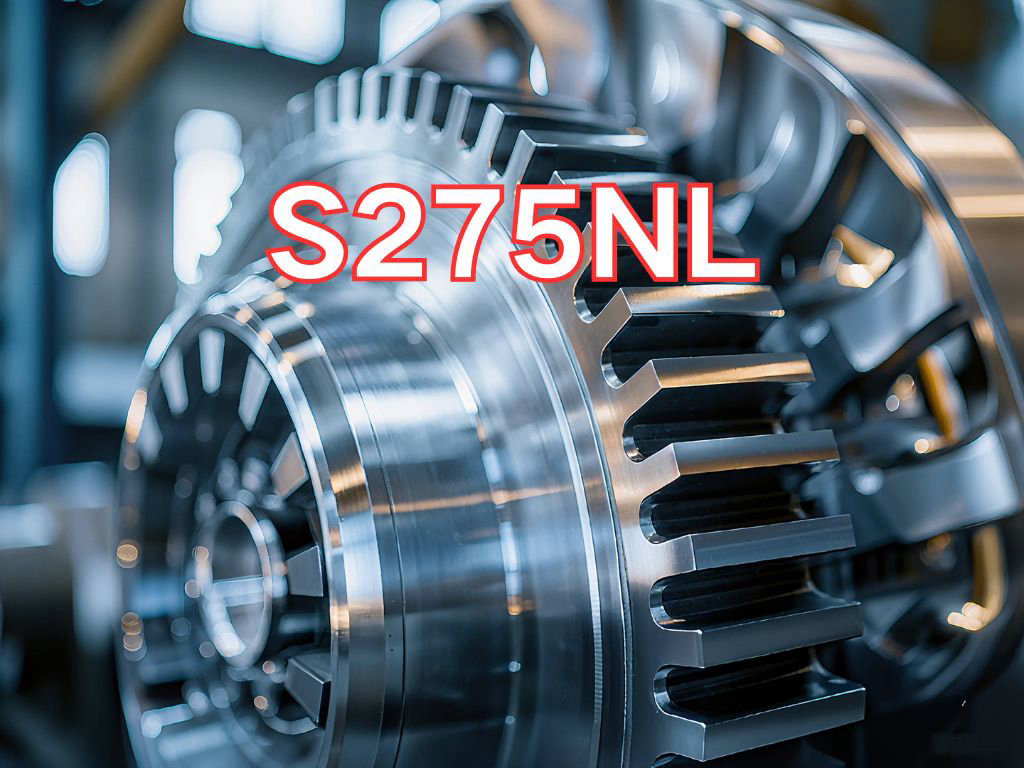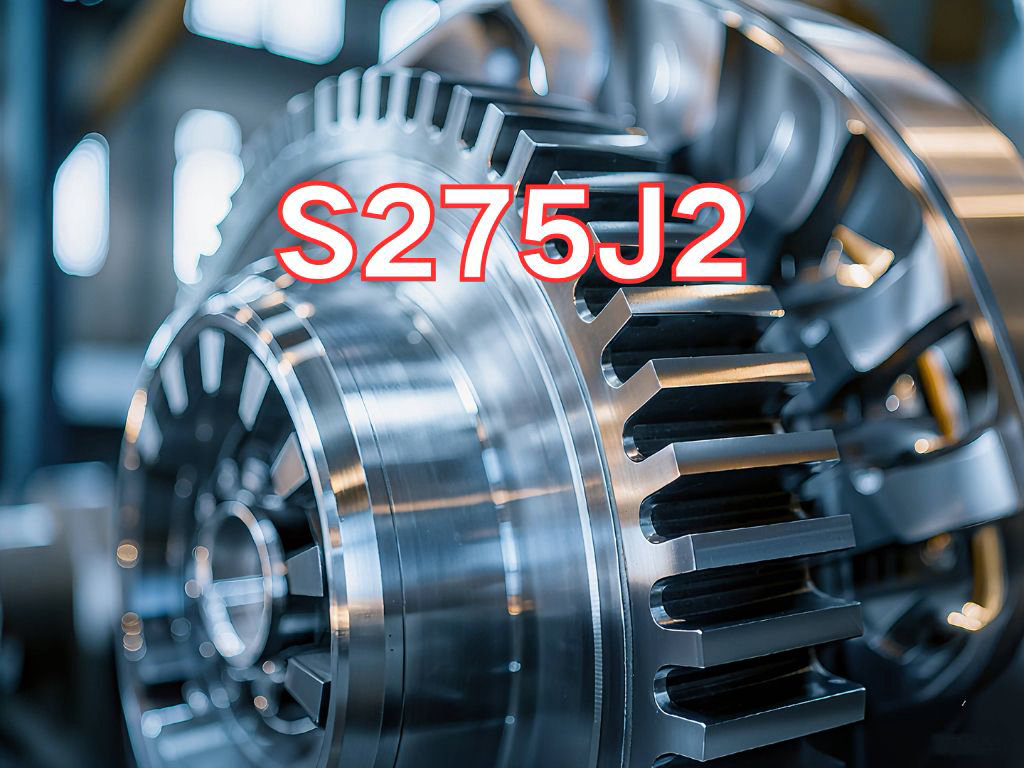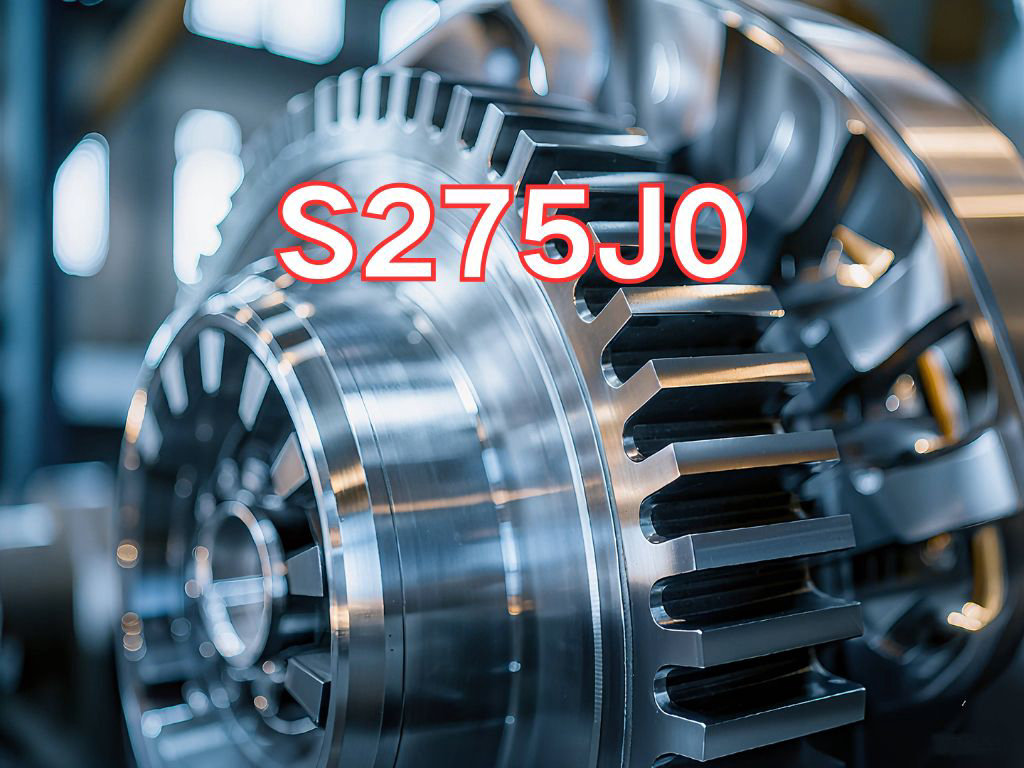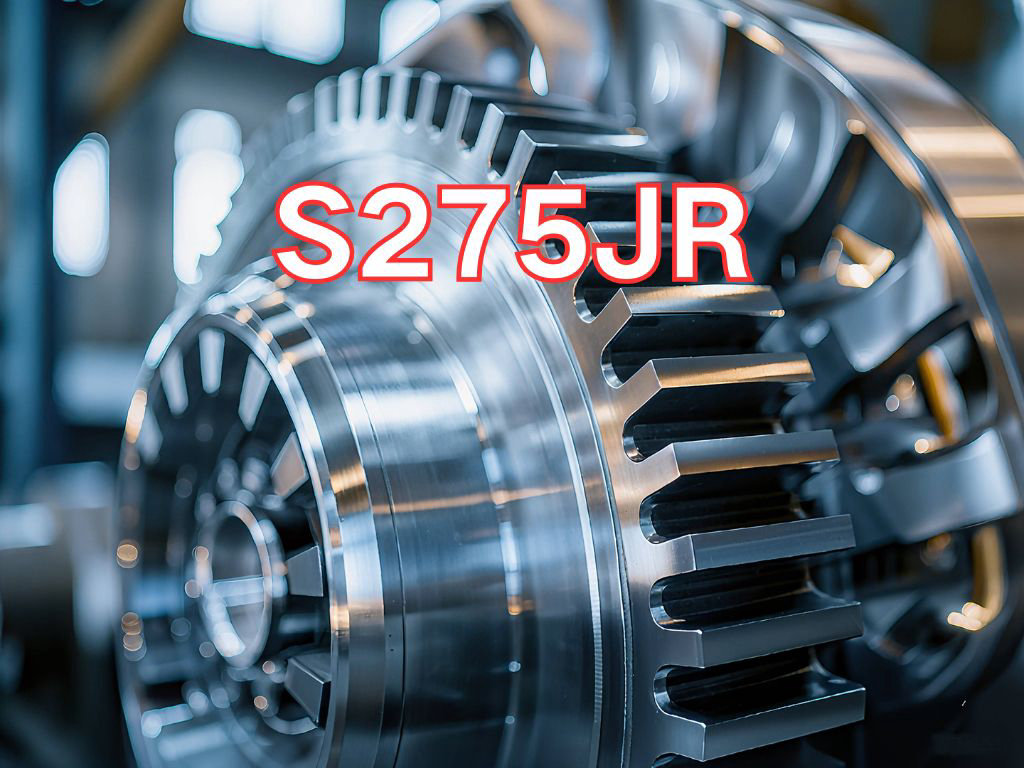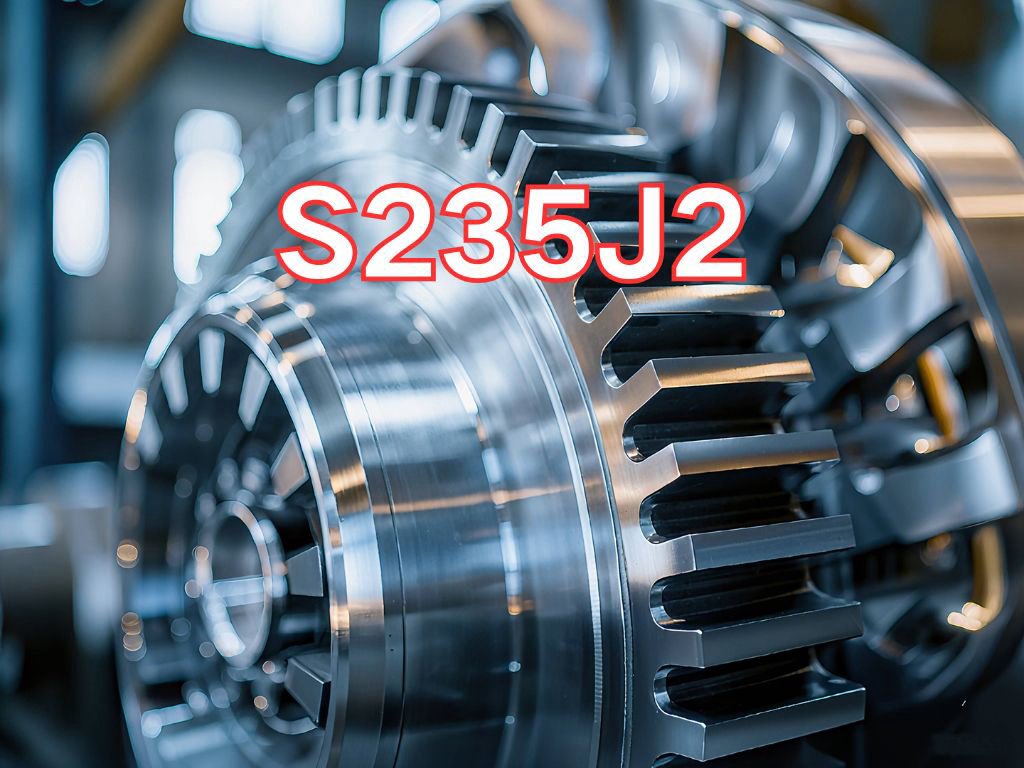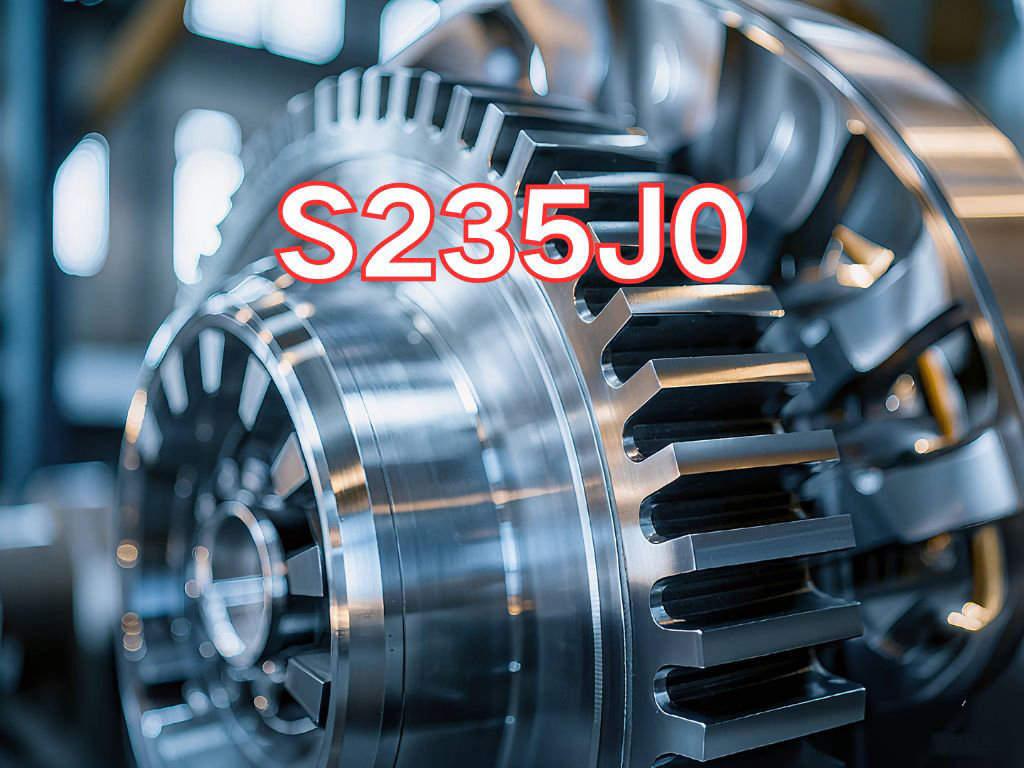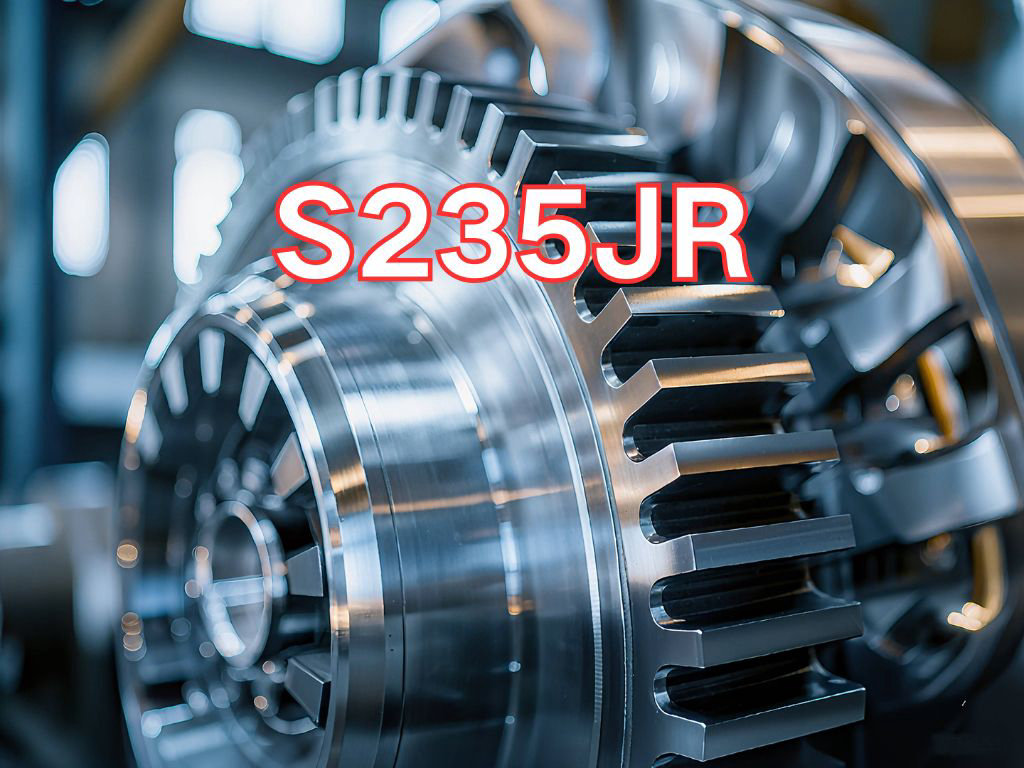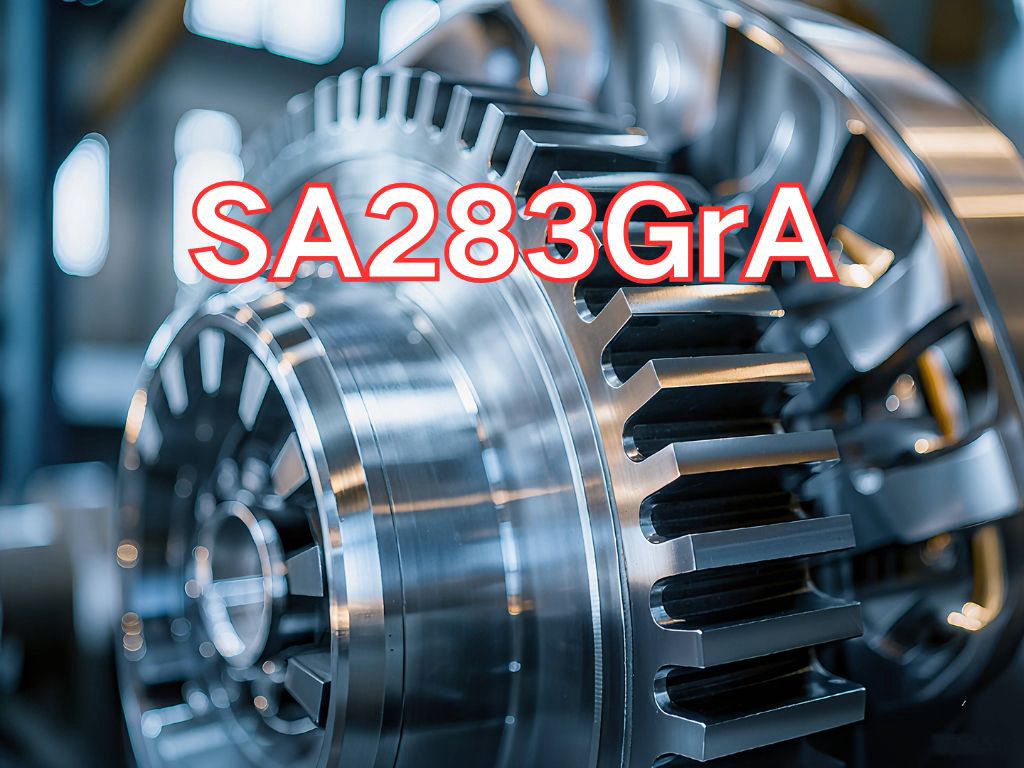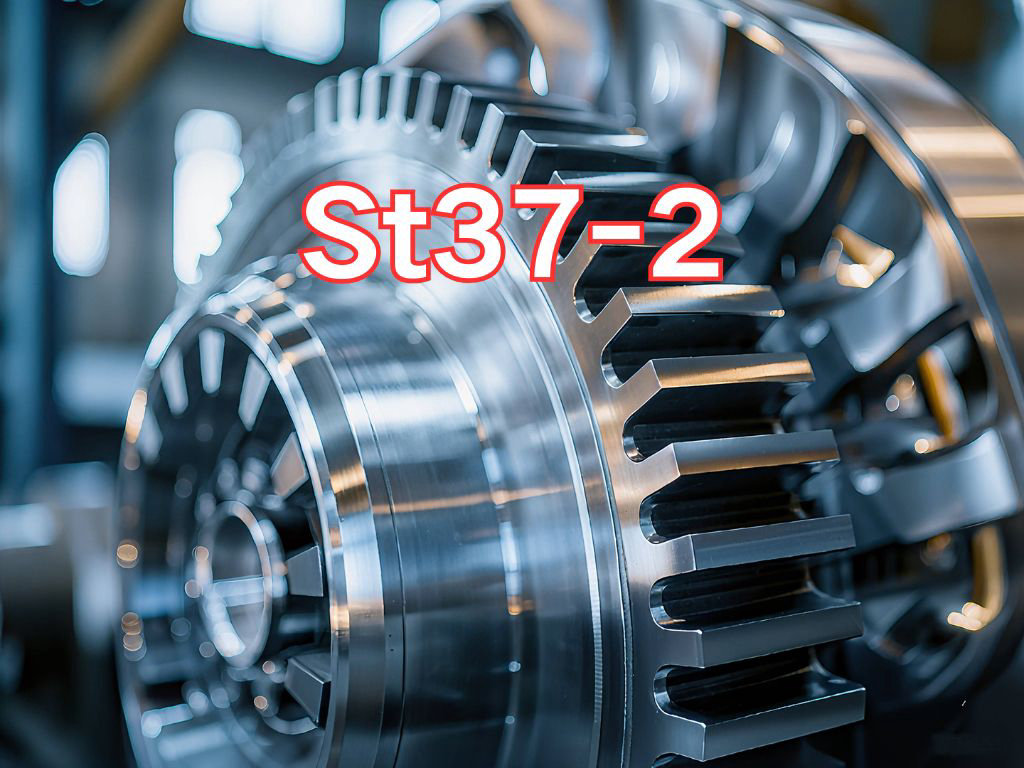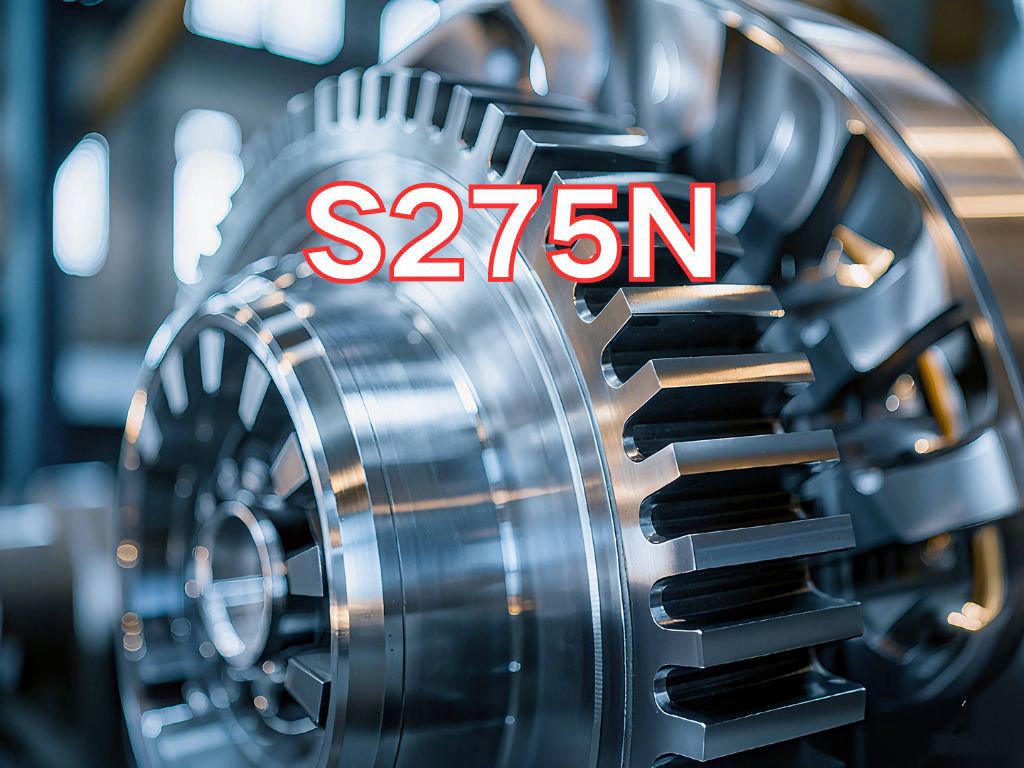

S275N
S275N is a non-alloy fine-grain structural steel plate, designated according to the European standard EN 10025-3:2019 "Hot Rolled Products of Structural Steels – Part 3: Technical Delivery Conditions for Normalized or Normalized Rolled Weldable Fine Grain Structural Steels". This standard specifically covers fine-grain structural steels produced by normalized rolling or full normalization, aiming to refine the grain structure through controlled rolling and heat treatment processes. This results in significantly improved weldability, toughness, and overall mechanical properties while maintaining strength. As a medium-strength grade within this standard, S275N offers superior performance stability and uniformity compared to hot-rolled grades like S275JR, J0, or J2.
The designation "S275N" follows the systematic naming convention of European standards and has a clear meaning:
"S" stands for "Structural steel", indicating its structural application.
"275" denotes the specified minimum yield strength of 275 MPa. This strength level is comparable to the S275JR/J0/J2 series and belongs to the medium-to-high strength category, suitable for load-bearing structures subjected to significant loads.
"N" signifies the delivery condition as "Normalized Rolling". In EN 10025-3, "N" specifically means the steel is delivered in the normalized rolling or fully normalized condition. Normalized rolling is a controlled rolling process where the steel is rolled above the recrystallization temperature but below the complete austenitizing temperature, followed by uniform air cooling (normalizing), simulating the effect of traditional normalizing heat treatment. This process effectively refines the grain structure, reduces internal residual stresses, and improves microstructural uniformity.
The primary application of S275N steel plate is in manufacturing welded structural components requiring high weldability, low-temperature toughness, and dimensional accuracy. Its normalized condition makes it particularly suitable for critical engineering structures that involve extensive welding, complex stress conditions, or service in low-temperature environments. Typical applications include:
Pressure Vessels and Pressure Equipment: Used for support structures and frames of boilers, heat exchangers, gas storage tanks, etc., which are not directly pressure-bearing but connected to pressurized equipment.
Heavy and Construction Machinery: Frames, bases, and turntables for excavators, cranes, presses, and mining machinery—key components subjected to high loads and complex stresses.
Bridges and Building Structures: Gusset plates, connectors, and critical beams and columns in long-span bridges and high-rise buildings, especially in applications with extremely high welding quality requirements.
Industrial Facilities: Support structures for large storage tanks, reactors, offshore platforms, and wind turbine towers—industrial structures demanding high material uniformity and reliability.
Transportation: Load-bearing frames, chassis, and suspension systems for heavy-duty trucks and special-purpose vehicles.
Its main characteristics include:
Fine-Grain Structure: The normalized rolling process significantly refines the grain size, enhancing both strength and toughness.
Excellent Weldability: Grain refinement and microstructural homogenization greatly reduce the susceptibility to welding cracks and improve the toughness of the heat-affected zone (HAZ), offering superior weldability compared to hot-rolled steels of equivalent strength.
Good Low-Temperature Toughness: Although the "N" designation does not specify a low-temperature impact test (testing is typically performed at +20°C), the fine-grain structure and uniform microstructure ensure good toughness performance even at low temperatures.
High Dimensional Accuracy and Surface Quality: The normalizing process helps improve the flatness and surface quality of the steel plate.
Good Ductility and Elongation: Sufficient elongation allows for cold bending, stamping, and other forming operations.

Ultrasonic Testing (UT)
A key non-destructive testing technique that uses high-frequency sound waves to detect internal flaws in steel plates. The probe emits sound waves, which reflect when encountering defects such as cracks or inclusions. The receiver captures the echoes, enabling precise determination of defect location and size. With high sensitivity, strong penetration, and fast inspection speed, UT effectively ensures internal quality, widely used in the production of heavy plates, pressure vessel plates, and other high-end products to guarantee safety and reliability.

Magnetic Particle Testing (MT)
A common surface inspection method that magnetizes the workpiece, causing leakage magnetic fields at surface or near-surface defects like cracks or inclusions, which attract magnetic particles to form visible indications. Simple to operate and highly sensitive, MT is suitable for rapid inspection of surface and near-surface flaws in ferromagnetic materials, widely used for online or offline inspection of plate edges, ends, and welds, ensuring product quality and safety.

Penetrant Testing (PT)
A non-destructive method for detecting surface-breaking flaws. A penetrant liquid is applied to the cleaned steel surface, allowing it to seep into defects such as cracks or pores. After removing excess penetrant, a developer is applied, causing the trapped penetrant to bleed out and form visible indications. Simple and cost-effective, PT is suitable for inspecting surface defects in various non-porous materials, commonly used for welds, castings, and complex components, effectively ensuring surface quality of steel plates.

